| Weight | 1 lbs |
|---|---|
| Dimensions | 9 × 5 × 2 in |
| host | mouse |
| isotype | IgG2a |
| clonality | monoclonal |
| concentration | 0.2 mg/mL |
| applications | ICC/IF, WB |
| reactivity | p53 |
| available sizes | 100 µL |
mouse anti-p53 monoclonal antibody (D01) 8319
$503.00
Antibody summary
- Mouse monoclonal to p53
- Suitable for: WB,ICC/IF,IHC-P,IHC-Fr,FACS,IP,ELISA
- Isotype: IgG2a
- 100 µL at 0.2 mg/mL
mouse anti-p53 monoclonal antibody (D01) 8319
| antibody |
|---|
| Tested applications WB,IHC,IHC,ICC/IF |
| Recommended dilutions IHC (frozen and paraffin), Immunoblotting. IHC: use at 1-10ug/ml. Antigen retrieval: citrate buffer, pH 6.0, 15 minutes. #3339 on paraffin-embedded human breast carcinoma. #3339 on paraffin-embedded human colon carcinoma. Immunoblotting: use at 1-5ug/ml. A band of 53kDa is detected. |
| Immunogen Recombinant full length protein corresponding to Human p53 (N terminal). epitope is within aa 20-25 |
| Size and concentration 100µg and lot specific |
| Form liquid |
| Storage Instructions This antibody is stable for at least one (1) year at -20°C. Avoid multiple freeze-thaw cycles. |
| Storage buffer PBS, pH 7.4 |
| Purity protein affinity purification |
| Clonality monoclonal |
| Isotype IgG2a |
| Compatible secondaries goat anti-mouse IgG, H&L chain specific, peroxidase conjugated polyclonal antibody 5486 goat anti-mouse IgG, H&L chain specific, biotin conjugated, Conjugate polyclonal antibody 2685 goat anti-mouse IgG, H&L chain specific, FITC conjugated polyclonal antibody 7854 goat anti-mouse IgG, H&L chain specific, peroxidase conjugated polyclonal antibody, crossabsorbed 1706 goat anti-mouse IgG, H&L chain specific, biotin conjugated polyclonal antibody, crossabsorbed 1716 goat anti-mouse IgG, H&L chain specific, FITC conjugated polyclonal antibody, crossabsorbed 1721 |
| Isotype control Mouse monocolonal IgG2a - Isotype Control |
| target relevance |
|---|
| Protein names Cellular tumor antigen p53 (Antigen NY-CO-13) (Phosphoprotein p53) (Tumor suppressor p53) |
| Gene names TP53,TP53 P53 |
| Mass 43653Da |
Data
Publications
| pmid | title | authors | citation |
|---|---|---|---|
| We haven't added any publications to our database yet. | |||
Protocols
| relevant to this product |
|---|
| Western blot IHC ICC |
Documents
| # | SDS | Certificate | |
|---|---|---|---|
| Please enter your product and batch number here to retrieve product datasheet, SDS, and QC information. | |||
Only logged in customers who have purchased this product may leave a review.









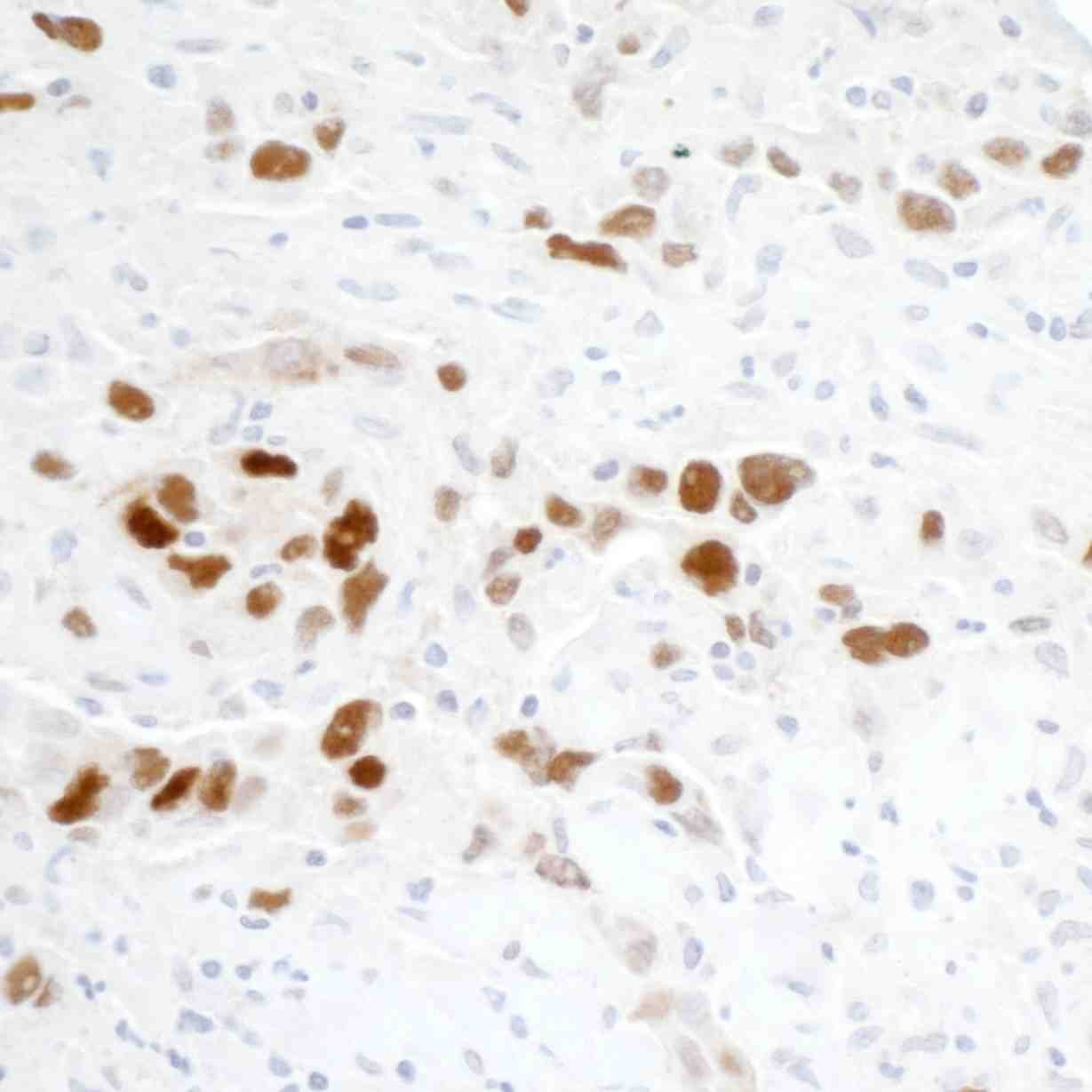
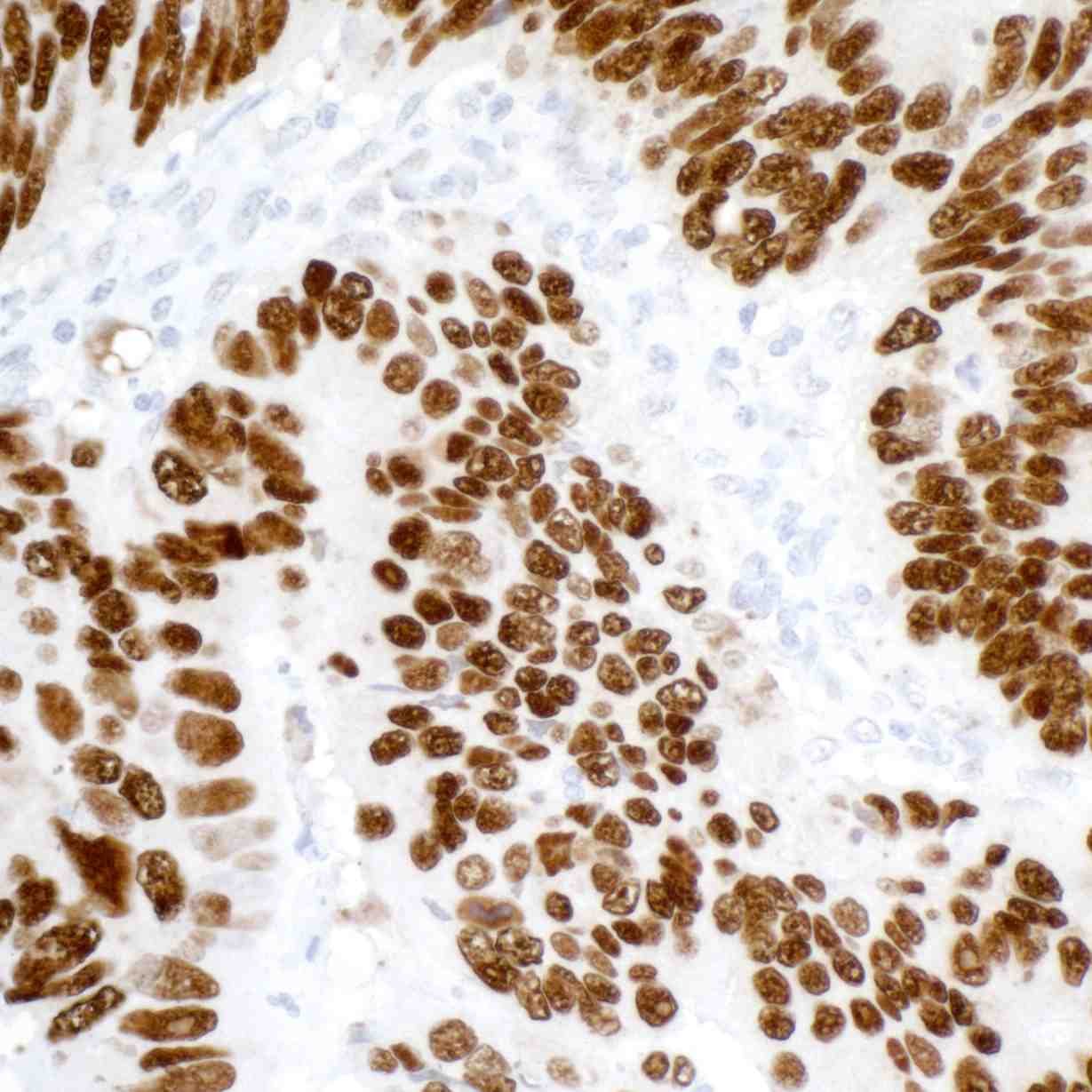


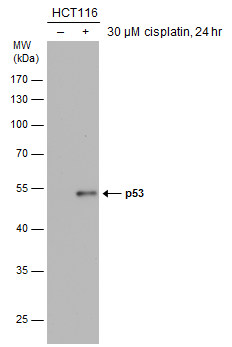
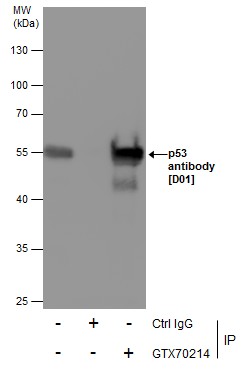
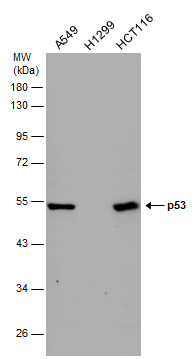

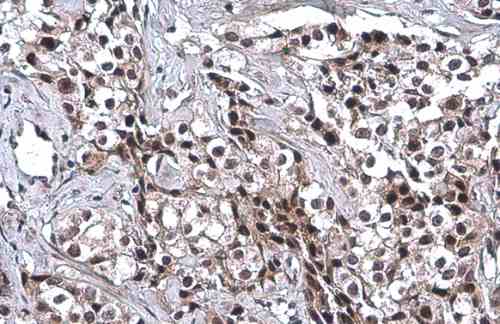

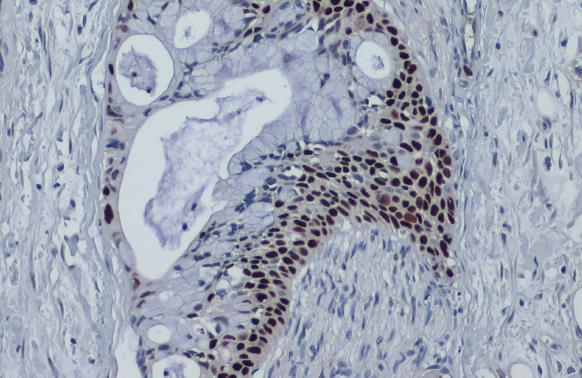
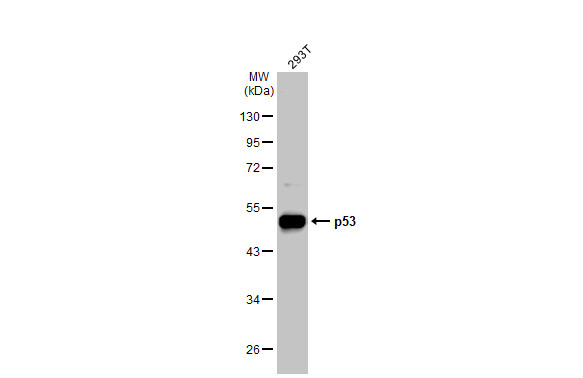

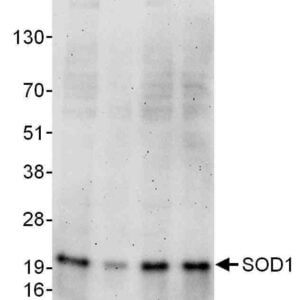
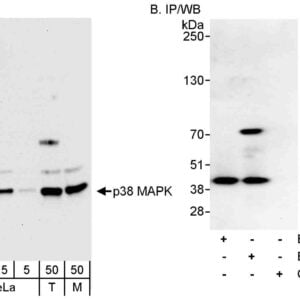
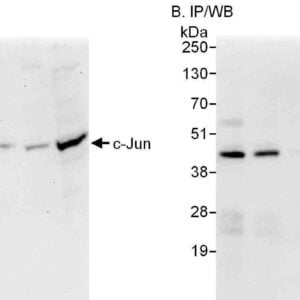
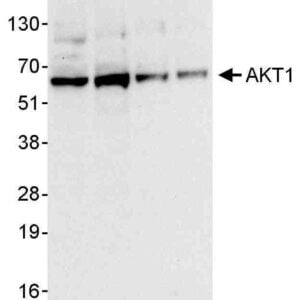

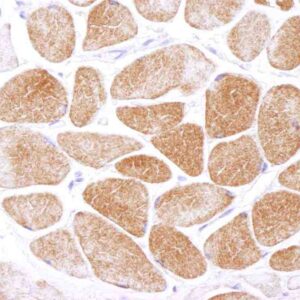
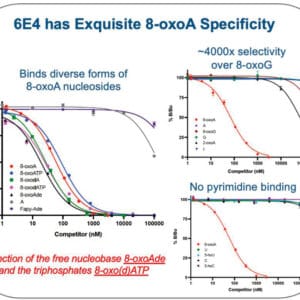

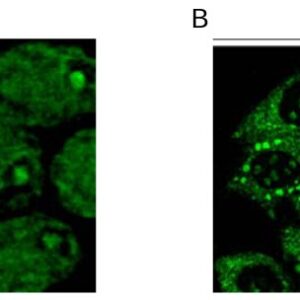
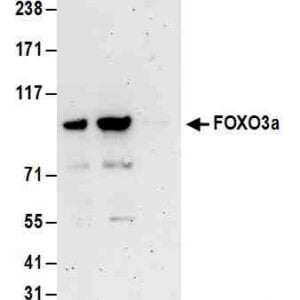
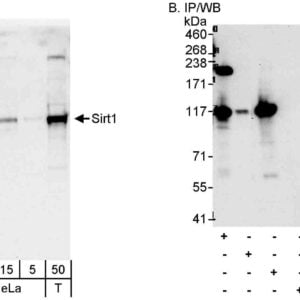
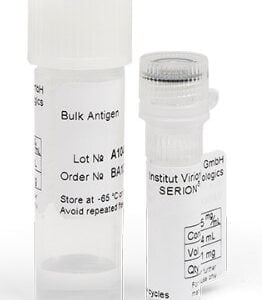
Reviews
There are no reviews yet.